Collections & Initiatives
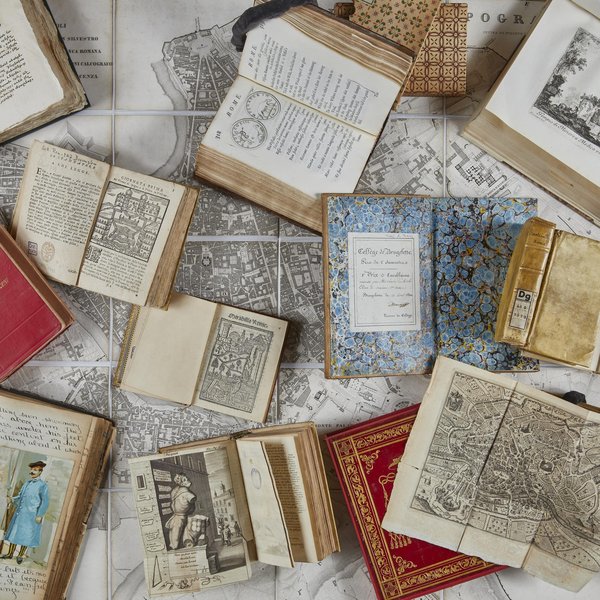
Roma in tasca
Guide e racconti di viaggio dalla Collezione Rara della Bibliotheca Hertziana
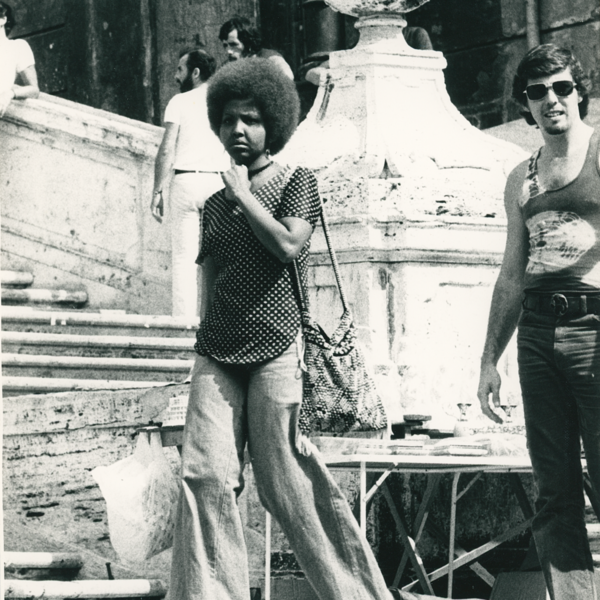
The Latin American diaspora in Italy in the 1970s
Photographs and Portraits by Cecilia Fajardo
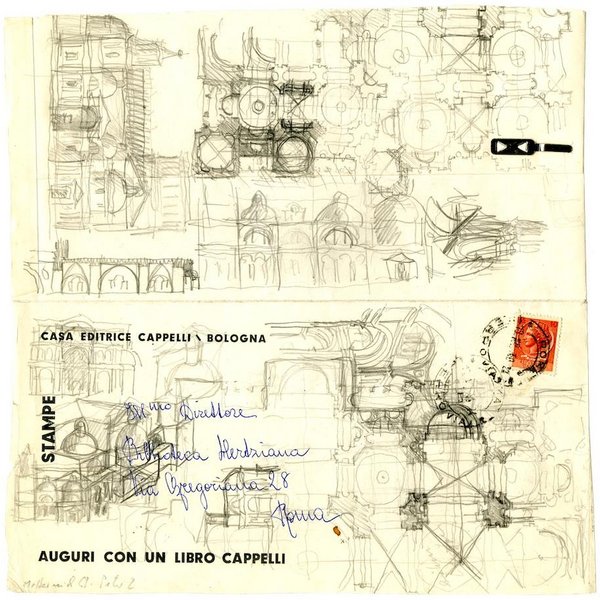
DISEGNARE PER CAPIRE
Franz Graf Wolff-Metternich (1893–1978)
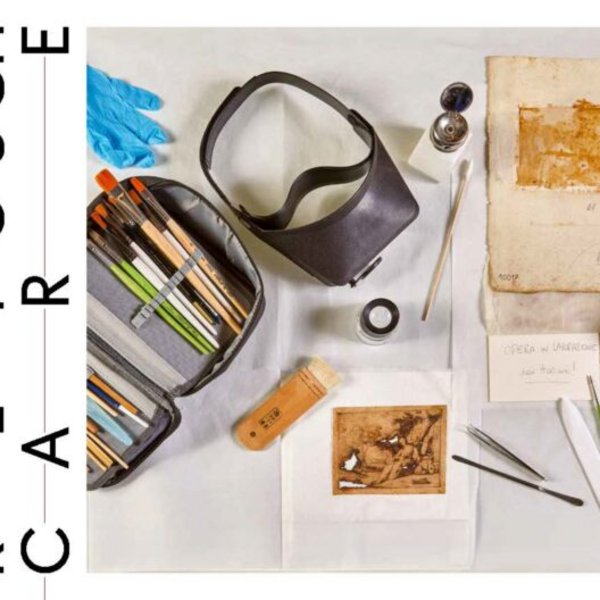
REWORK | RETOUCH | CARE
Case Studies from the Bibliotheca Hertziana's Art Collection
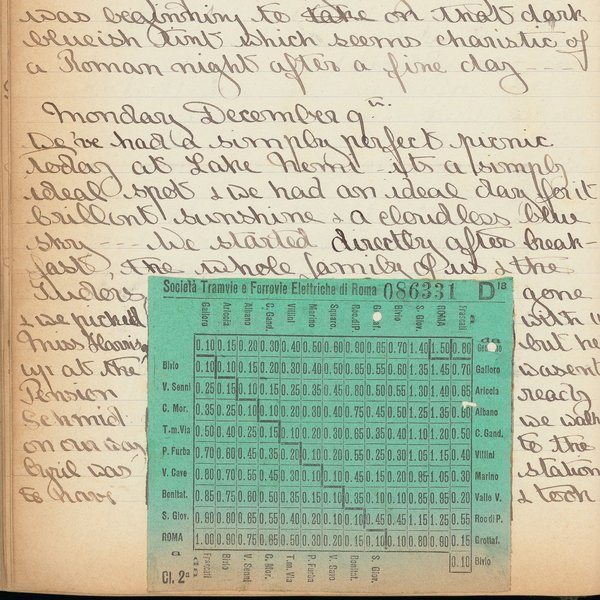
Travel Literature of Italy
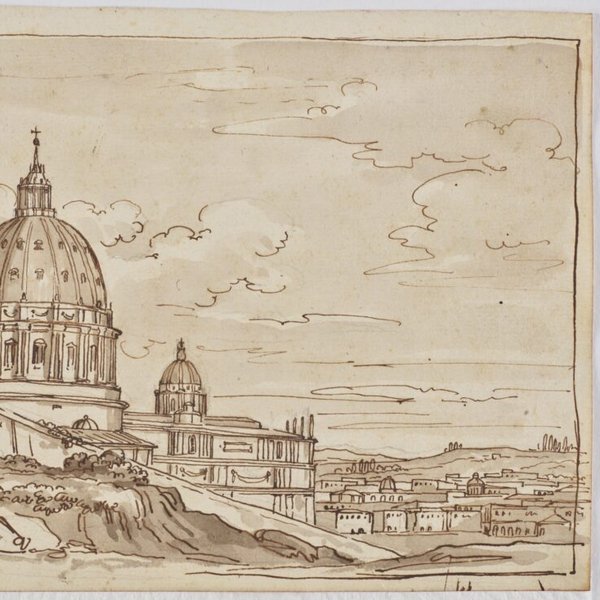
Memories of Rome
Drawings as Souvenirs from around 1800
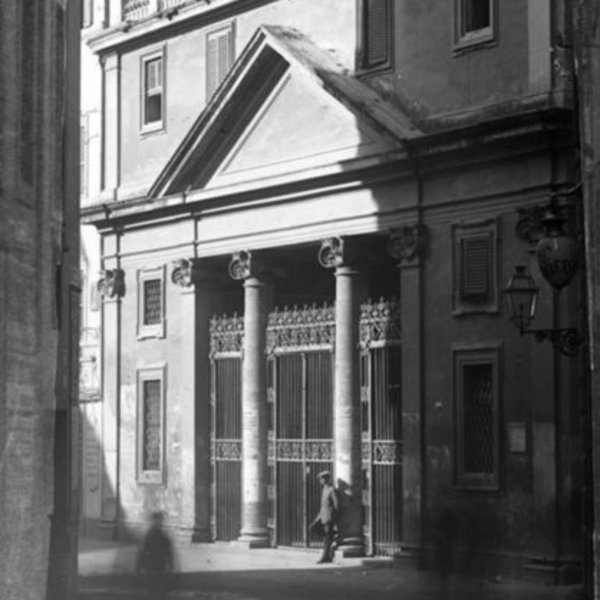
Paul Lindner (1845–1924)
Rediscovery of a Historical Photo Collection in the Bibliotheca Hertziana
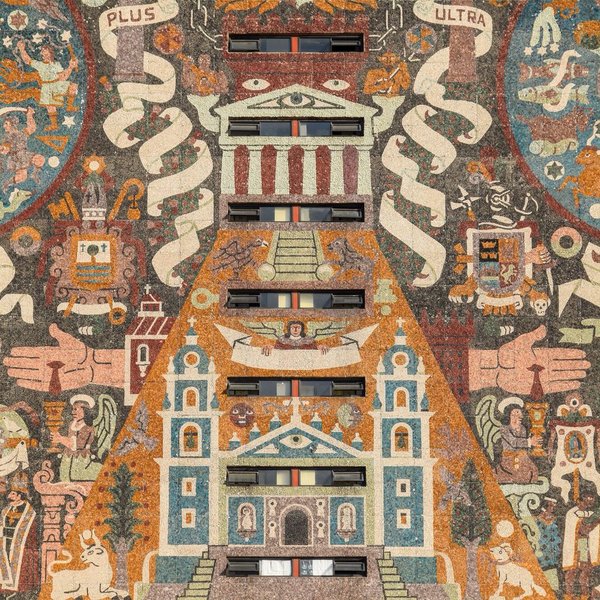
Art and Architecture in Mexico
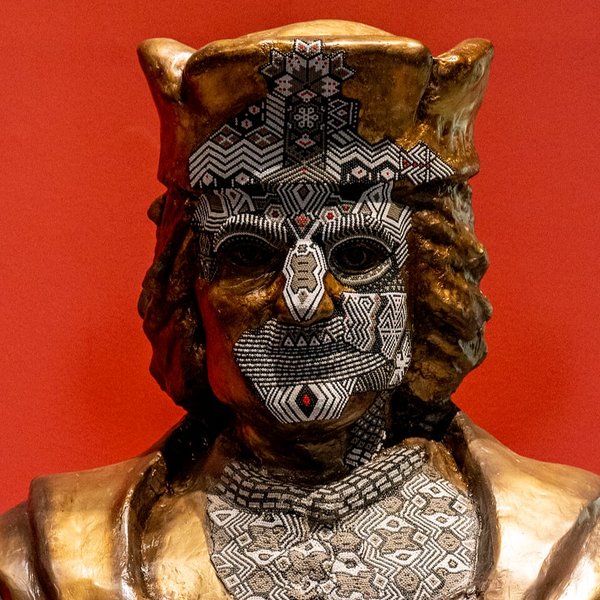
Art and Architecture in Colombia

Art and Architecture in Bolivia
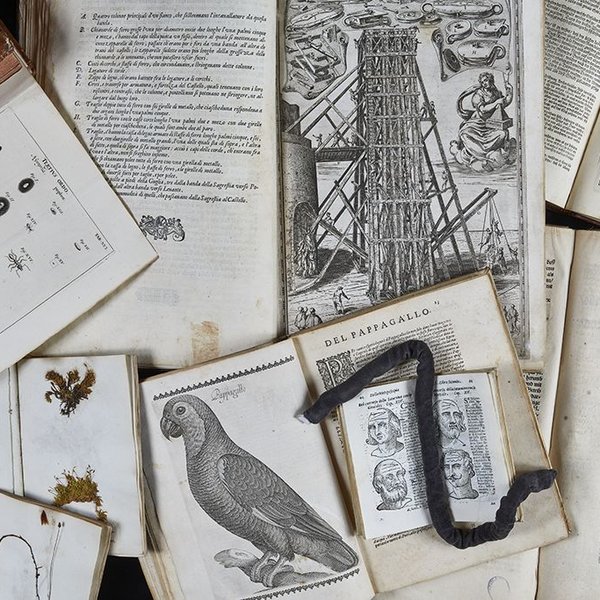
Visualizing Science in the Rare Book Collections of the Bibliotheca Hertziana
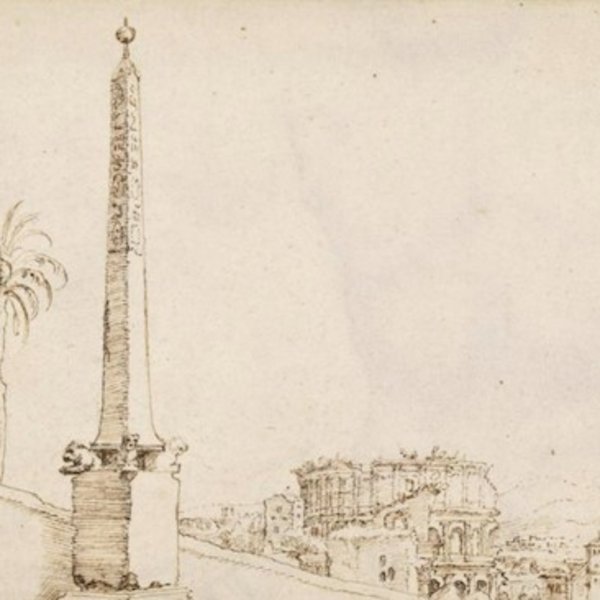
The Allure of Rome
Maarten van Heemskerck draws the City
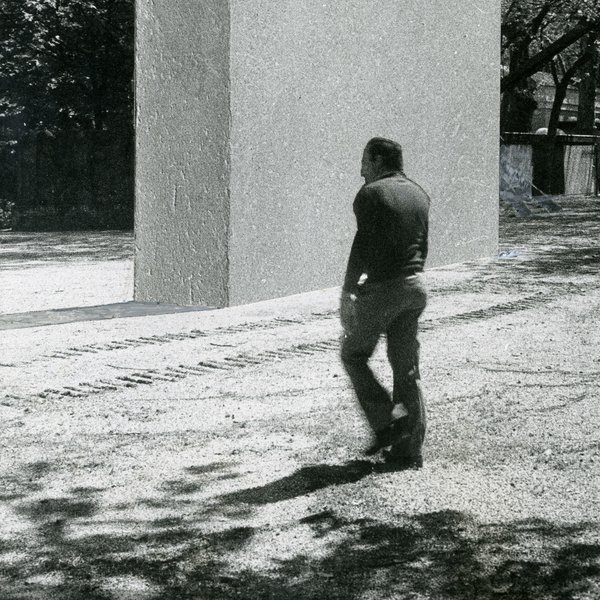
Staccioli Digital Archive
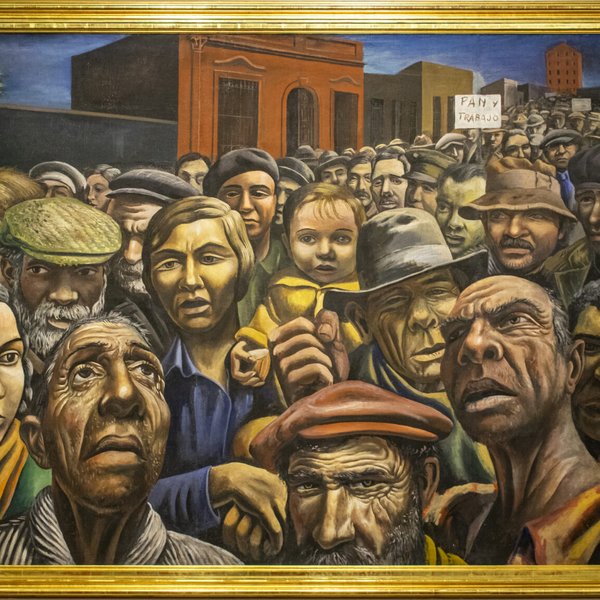
Art and Architecture in Argentina
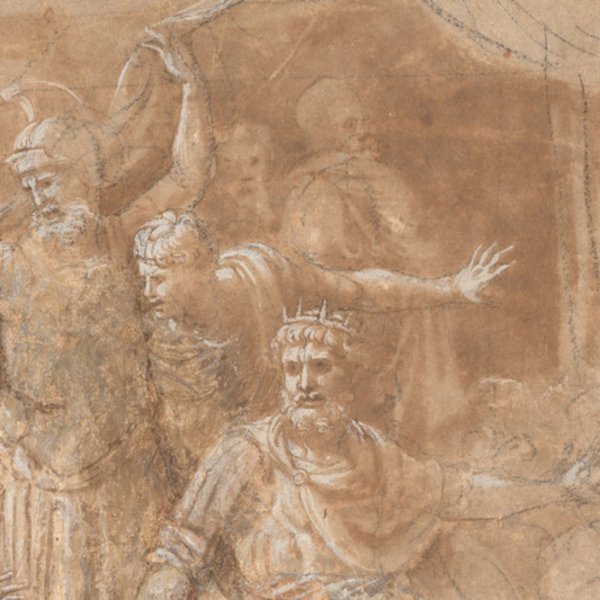
Giulio Romano – A Drawing from the Hertz Collection
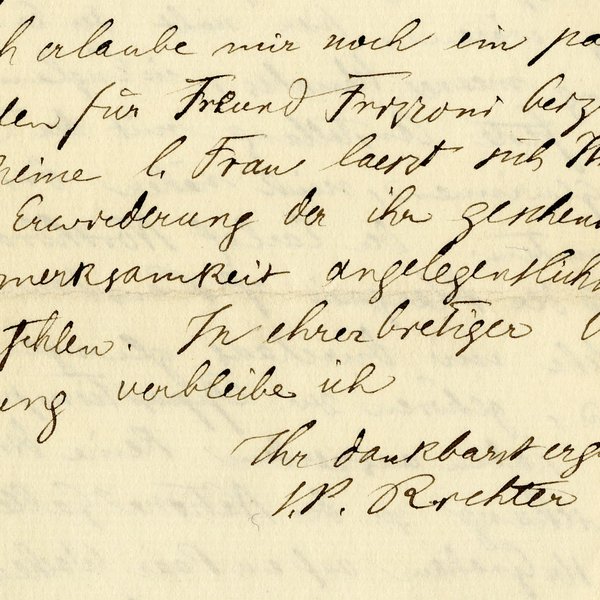
Estates
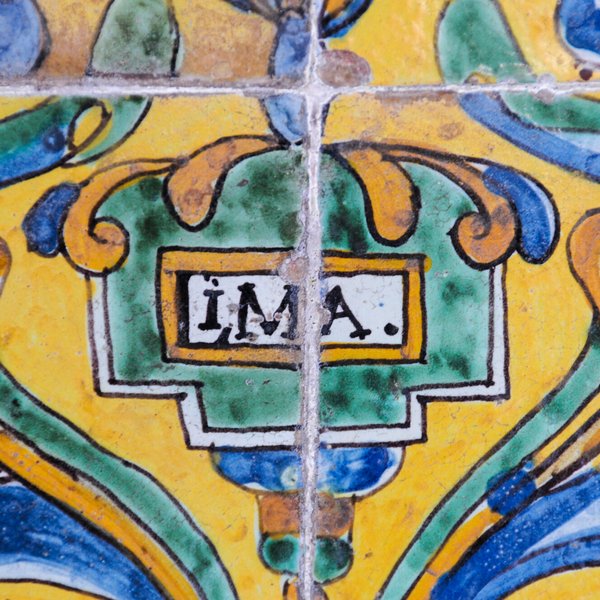
Art and Architecture in Peru
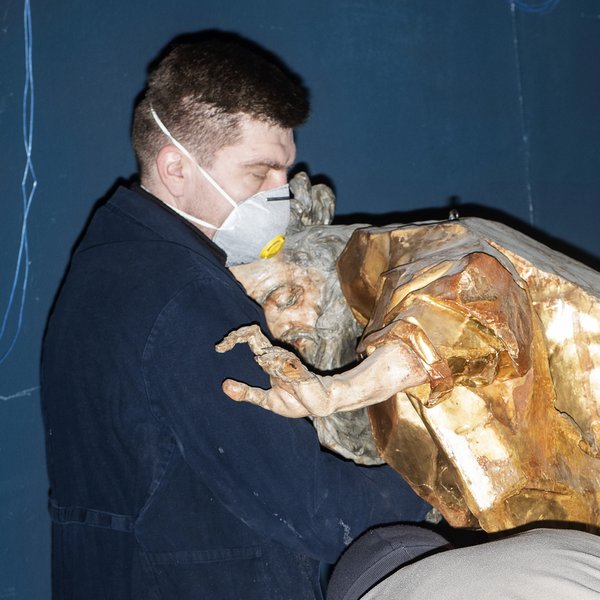
Elena Subach – Hidden
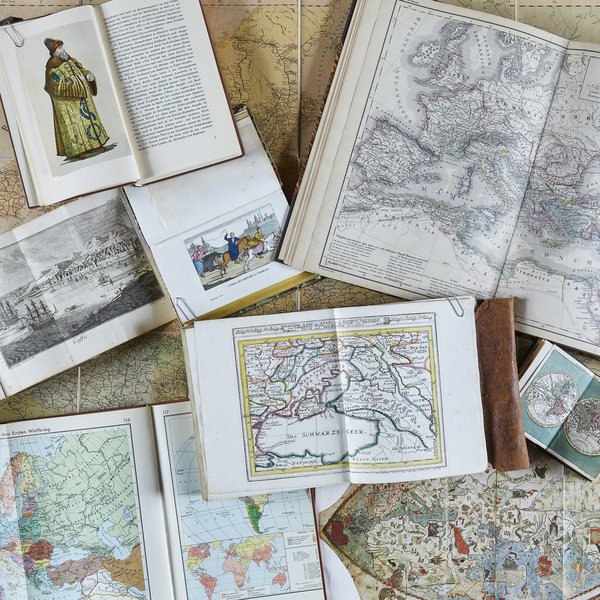
Describing Ukraine
Cartography and Travelogues
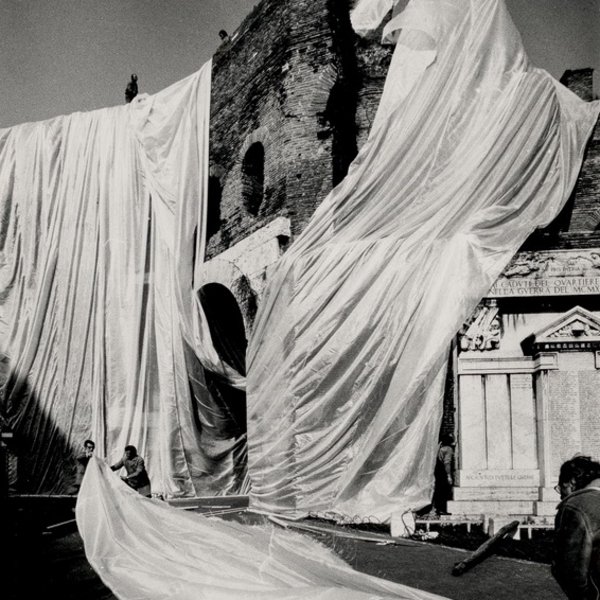
Massimo Piersanti and the Incontri Internazionali d'Arte
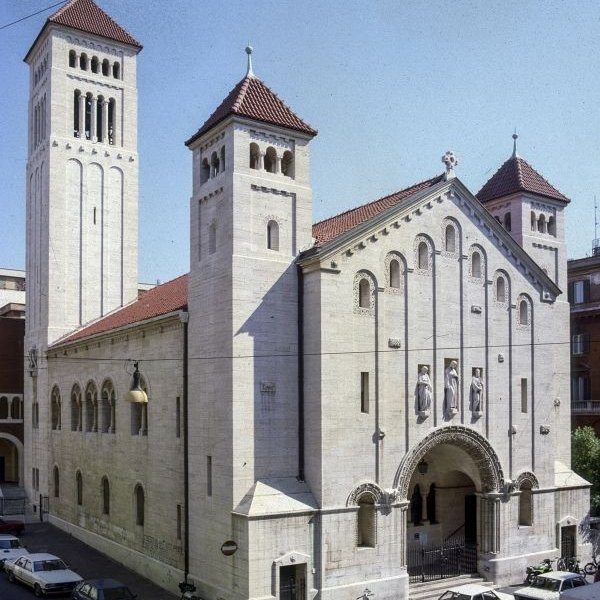
The Centenary of the Christuskirche in Rome
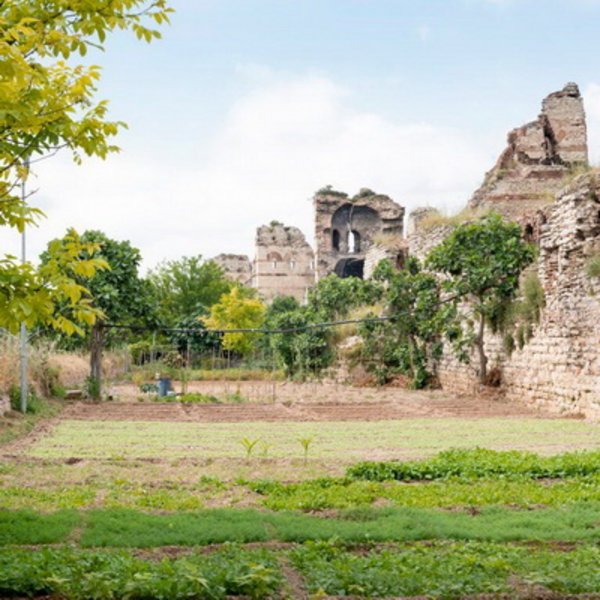
İSTANBUL SURLARI – The Land Walls of Istanbul. Photographs by Domenico Ventura
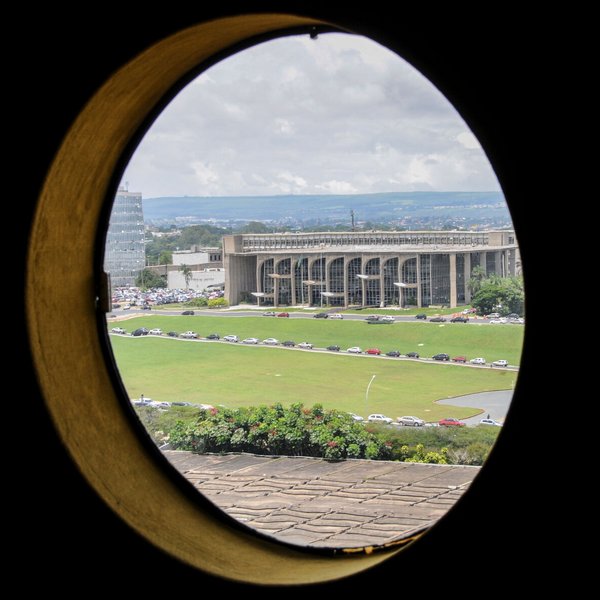
Art and Architecture in Brazil
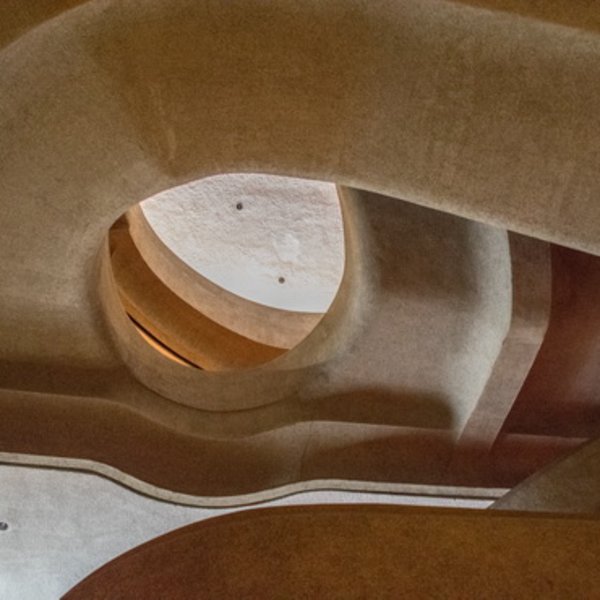
Art and Architecture of the Philippines
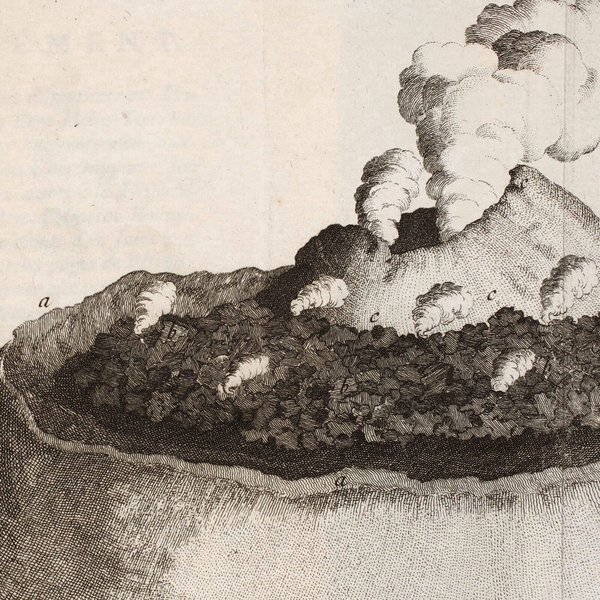
Paper Eruptions
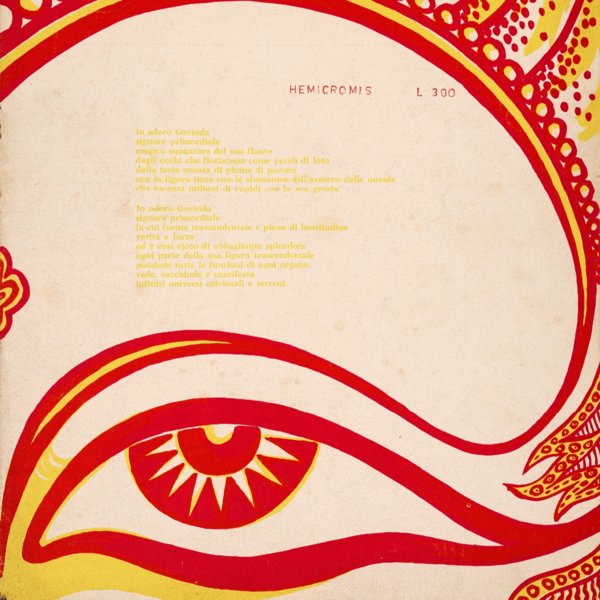
Arte e politica in Italia negli anni Sessanta e Settanta
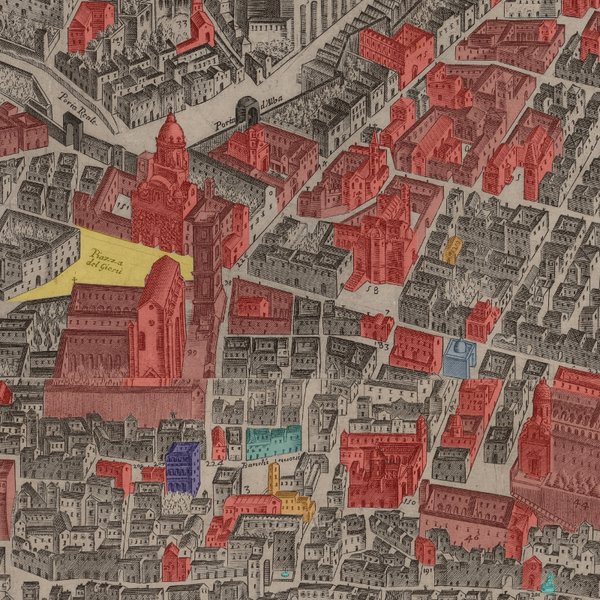
Editing Naples
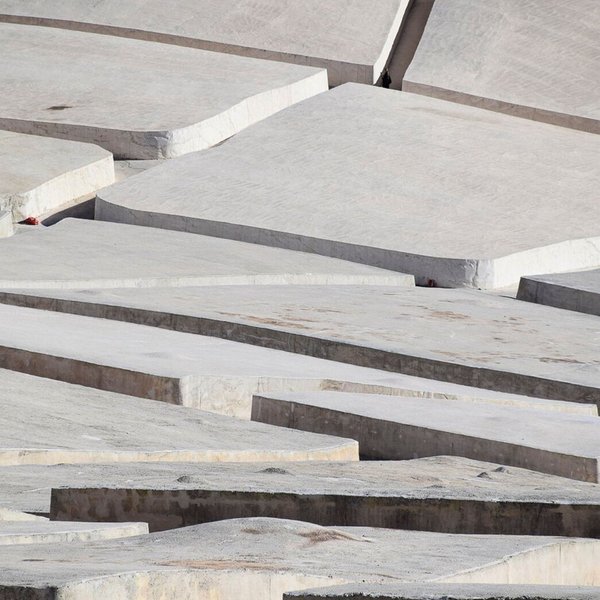
Fototeca Palermitana
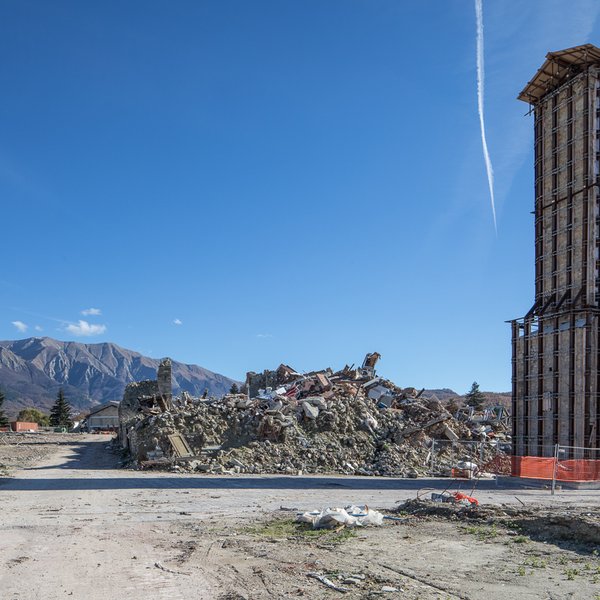
Focus on Amatrice